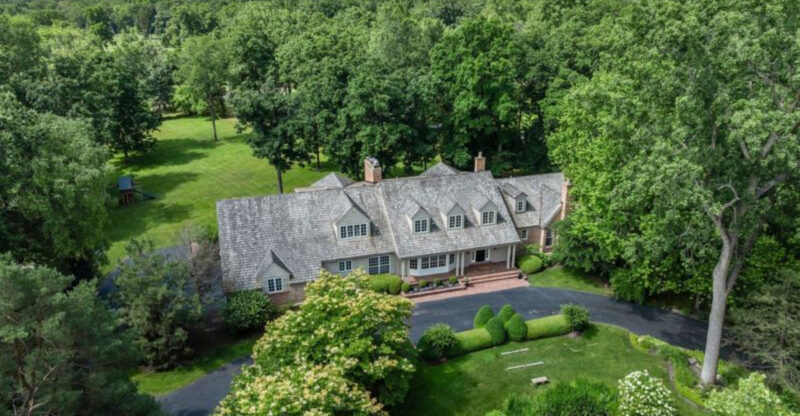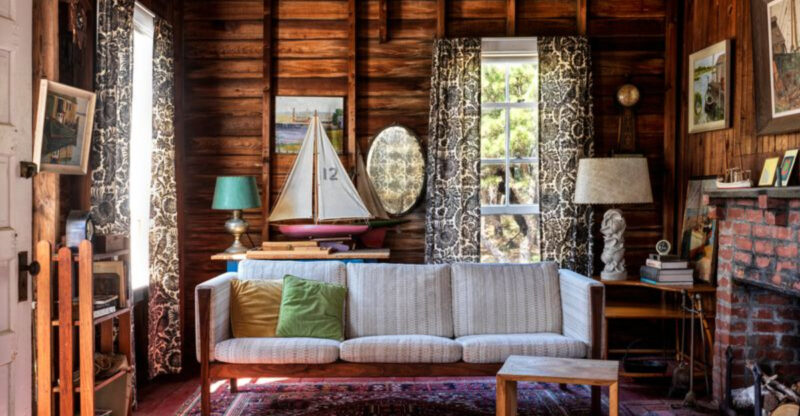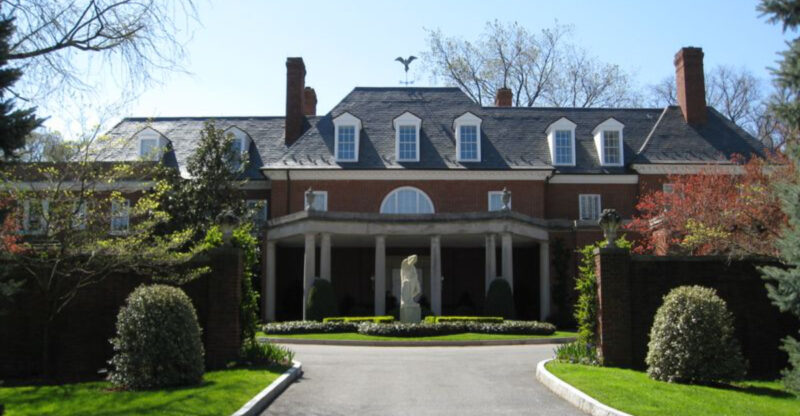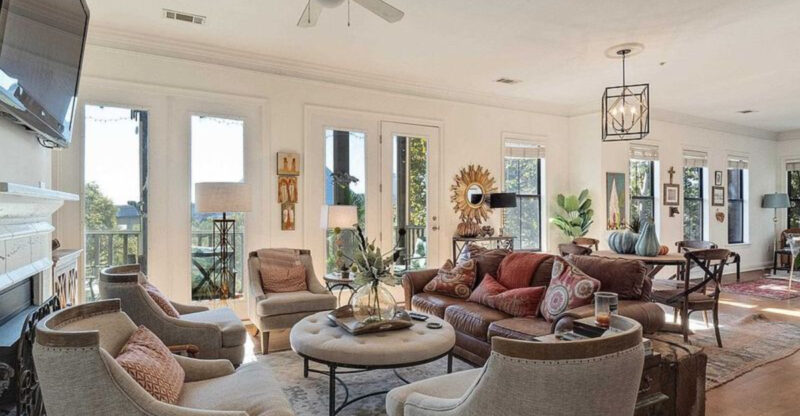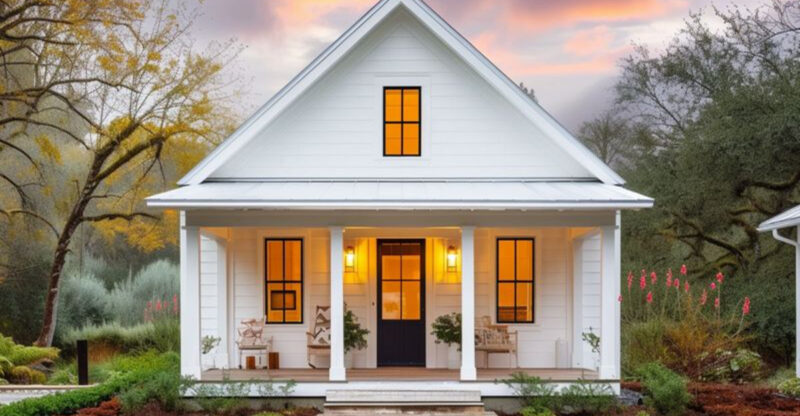Exploring Georgia’s Stream House Blending Architecture And Natural Surroundings
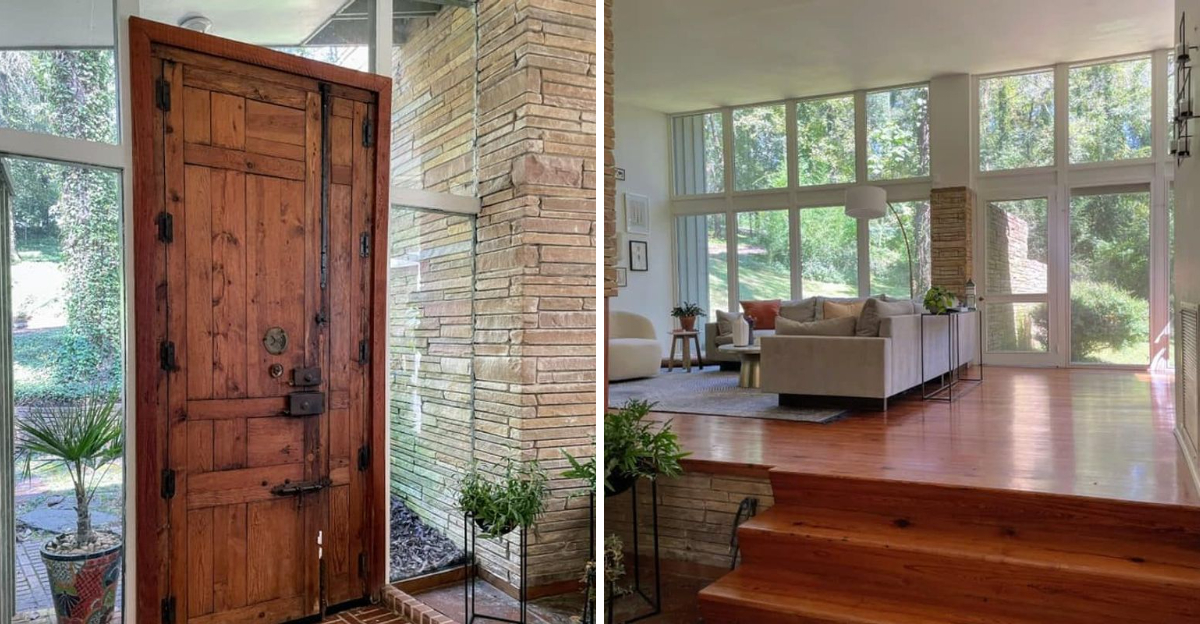
Nestled along the babbling brooks of Georgia’s countryside stands a remarkable architectural gem – the Georgia Stream House designed by Bernard A. Webb.
This stunning residence seamlessly blends natural elements with modern design, creating a living space that both honors and embraces its watery surroundings.
Whether you’re an architecture enthusiast or simply appreciate innovative homes that connect with nature, Webb’s creation offers fascinating insights into sustainable living.
1. The Visionary Behind The Design
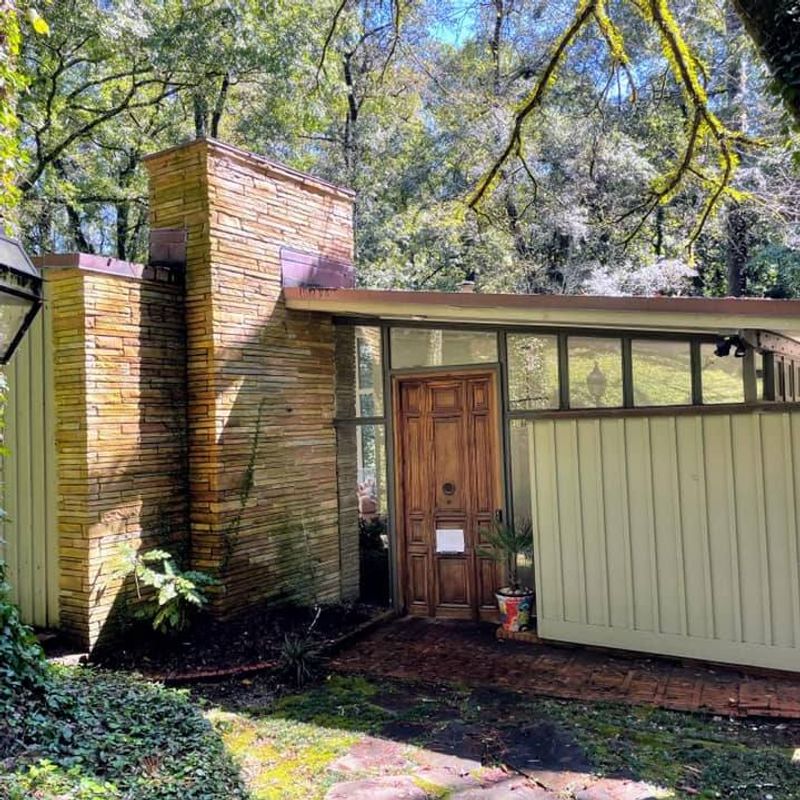
Who would have thought that a childhood spent building forts by Georgia creeks would inspire one of architecture’s most innovative minds? Bernard A. Webb, with his signature blend of ecological awareness and modernist principles, revolutionized waterside construction techniques in the early 2000s.
His background in both environmental science and architectural design gave him a unique perspective on creating homes that work with nature rather than against it. The Stream House represents the pinnacle of his philosophy!
2. Floating Foundation Technology
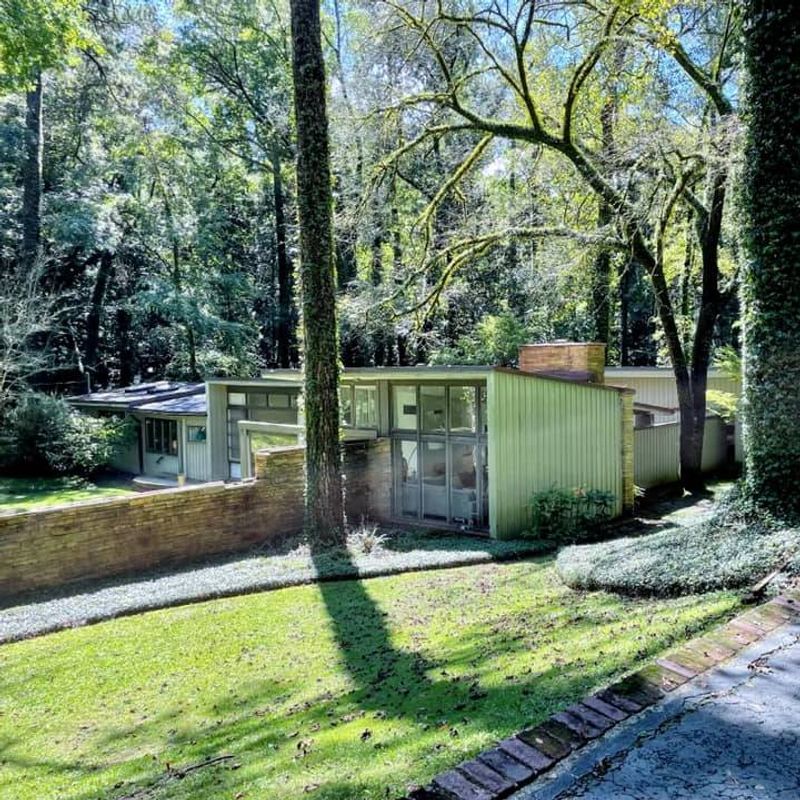
Imagine living in a home that seems to hover magically above flowing water! Unlike traditional stilts or platforms, these foundations use a combination of reinforced concrete anchors and flexible connection points.
The result? A home that literally breathes with its environment, expanding and contracting imperceptibly as the stream below changes its course and volume throughout the year.
3. Sustainable Materials And Energy Systems
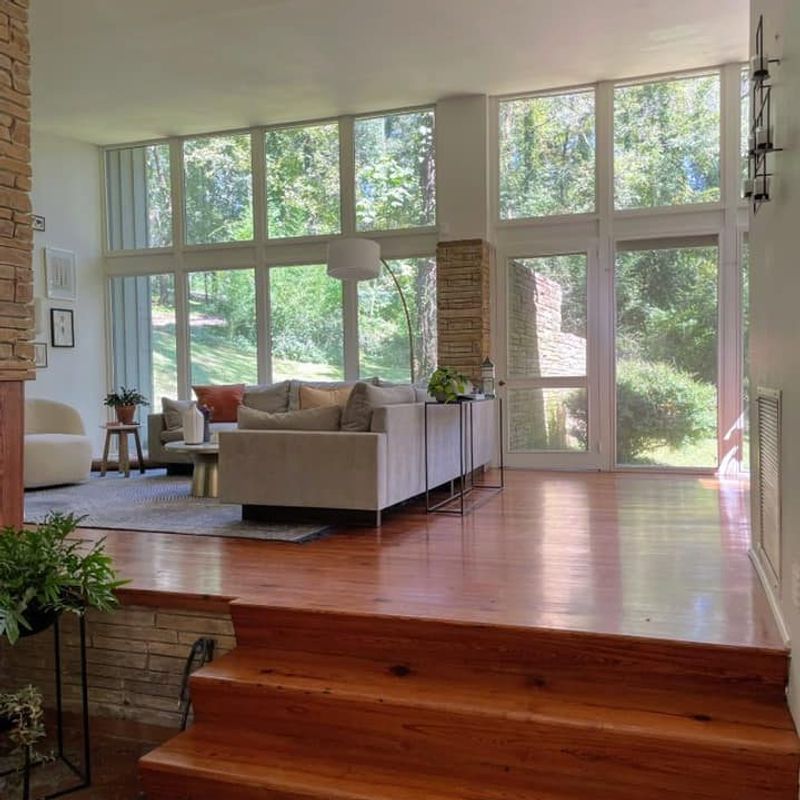
From reclaimed river driftwood to locally quarried stone, every element of the Georgia Stream House tells a story of environmental consciousness. Webb insisted on using materials sourced within a 50-mile radius, reducing the carbon footprint while honoring local craftsmanship.
The energy systems are equally impressive! During optimal conditions, the house not only powers itself but also returns excess electricity to the local grid, making it a truly net-positive dwelling.
4. Indoor-Outdoor Living Spaces

Step through the glass walls that disappear completely into hidden pockets, and suddenly you’re not sure if you’re inside or outside anymore! This magical blurring of boundaries represents Webb’s signature approach to spatial design in the Georgia Stream House.
The central living area features a floor section revealing the stream flowing directly beneath. Around the perimeter, covered decks extend over the water’s edge, complete with hammock nooks and meditation spaces where residents can literally sleep above the gentle current.
5. The Home’s Environmental Impact
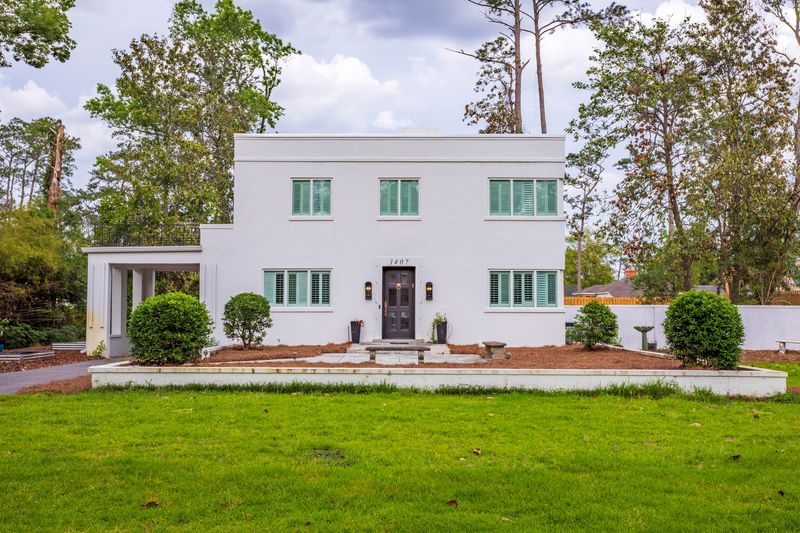
Unlike conventional waterfront properties that often disrupt natural ecosystems, Webb’s masterpiece actually improves its surrounding environment! Wildlife monitoring stations integrated throughout the property have documented increased biodiversity since the home’s completion.
Fish populations thrive in the carefully designed underwater structures that provide shelter, while native plant gardens filter runoff and provide habitat for birds and pollinators. It’s a remarkable example of how human habitation can enhance rather than damage natural systems.


